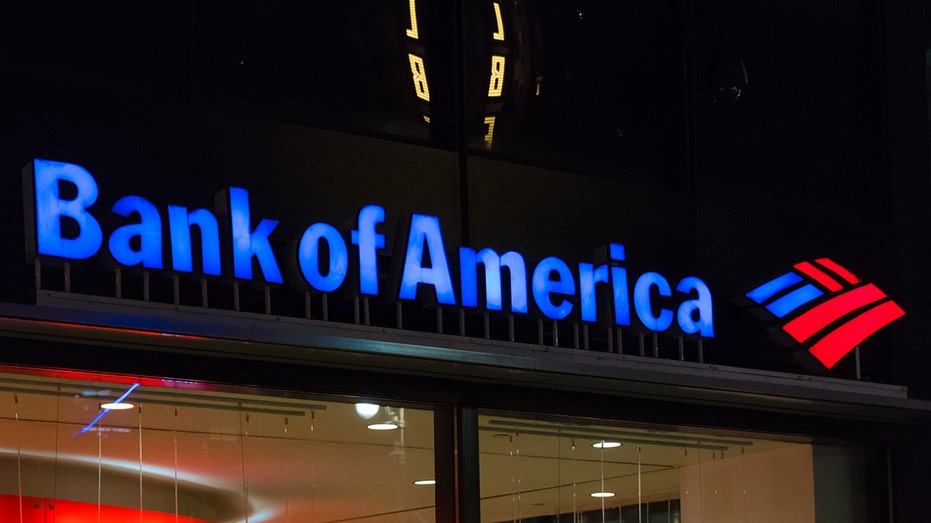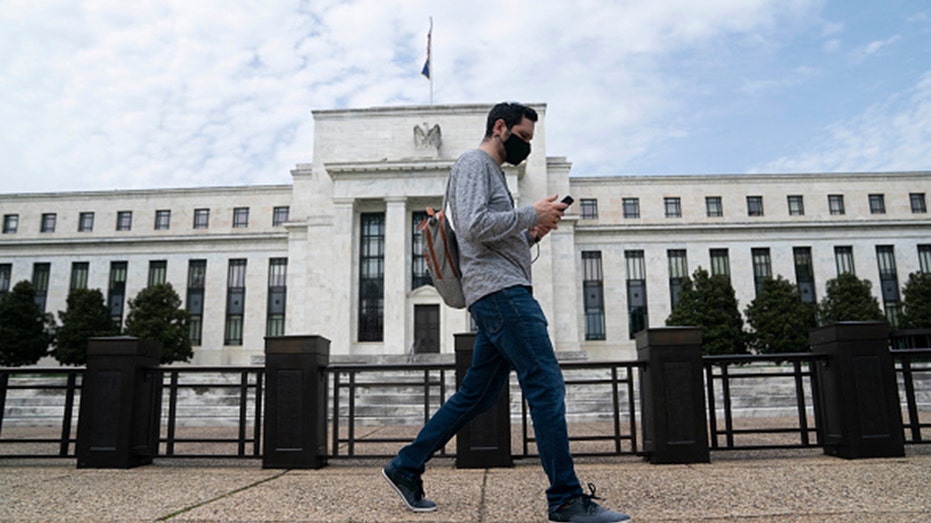Wall Street confidence in stock market sinks to lowest level in 5 years
Bank of America analysts see high chance of mild recession in second half of 2022
'Rational markets' allowing investors to get back into tech: Expert
Columbia Threadneedle Investments head of integrated equity Ernesto Ramos says it's time to own some microchip stocks on 'The Claman Countdown.'
Wall Street is feeling more pessimistic about the state of the stock market than it has in years as investors brace for a recession amid scorching-hot inflation, according to Bank of America strategists.
In a new analyst note, the economists said the bank's Sell Side Indicator – which tracks the average recommended allocation to stocks by U.S. sell-side strategists – plunged for the seventh consecutive month to the lowest level in more than five years.
"We have found that Wall Street's consensus equity allocation has historically been a reliable contrarian indicator," the note said. "While the SSI does not catch every rally or decline in the stock market, the indicator has historically had some predictive capability with respect to subsequent 12-month S&P 500 total returns."
The metric has held steady at "neutral" levels throughout 2022 but is increasingly moving closer to the "buy" threshold after recent declines. Because the indicator is a contrarian indicator, that suggests investors are becoming increasingly bearish about the state of the U.S. economy and the stock market.
US ECONOMY ENTERS TECHNICAL RECESSION AFTER GROWTH TUMBLES 0.9% IN THE SECOND QUARTER

Night view of logo at the Bank of America Tower. (Roberto Machado Noa/LightRocket via Getty Images / Getty Images)
The analyst note said the steady decline in the gauge – which is the longest consecutive decline since the 2008 financial crisis – coincides with economists' expectations for a mild recession in the latter half of the year.
At the same time, the Equity Risk Premium has also been climbing, indicating that markets have priced in an 80% chance of a mild downturn and a 30% chance of a "full-blown" recession.
The analyst note comes just a few days after the Commerce Department reported that GDP, the broadest measure of goods and services produced across the economy, shrank by 0.9% on an annualized basis in the three-month period from April through June. Economic output already fell over the first three months of the year, with GDP tumbling 1.6%.
Recessions are technically defined by two consecutive quarters of negative economic growth and are characterized by high unemployment, low or negative GDP growth, falling income and slowing retail sales, according to the National Bureau of Economic Research (NBER), which tracks downturns.
IS THE UNITED STATES ENTERING A RECESSION?

The U.S. Federal Reserve building in Washington on April 29, 2020. (Xinhua/Liu Jie via Getty Images / Getty Images)
With back-to-back declines in growth, the economy meets the technical criteria for a recession, which requires a "significant decline in economic activity that is spread across the economy and that lasts more than a few months." Still, the NBER – the semi-official arbiter – may not confirm it immediately as it typically waits up to a year to call it.
The NBER has also stressed that it relies on more data than GDP in determining whether there is a recession, such as unemployment and consumer spending, which remained strong in the first six months of the year. It also takes into consideration the depth of any decline in economic activity.
There is a growing consensus on Wall Street that the Federal Reserve will trigger a recession as it battles inflation with a series of aggressive interest rate hikes. Policymakers approved the second consecutive 75-basis point rate hike last week and have indicated that another super-sized rate hike is on the table in September, depending on forthcoming economic data.
Fed Chairman Jerome Powell told reporters that tackling inflation remains the central bank's No. 1 priority, even if it means risking a downturn – though he stressed that he does not believe the U.S. is currently in a recession.
CLICK HERE TO READ MORE ON FOX BUSINESS
"We think it’s necessary to have growth slow down," he told reporters last week. "We actually think we need a period of growth below potential in order to create some slack so that the supply side can catch up."





















